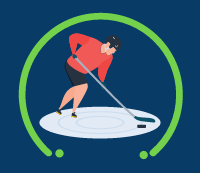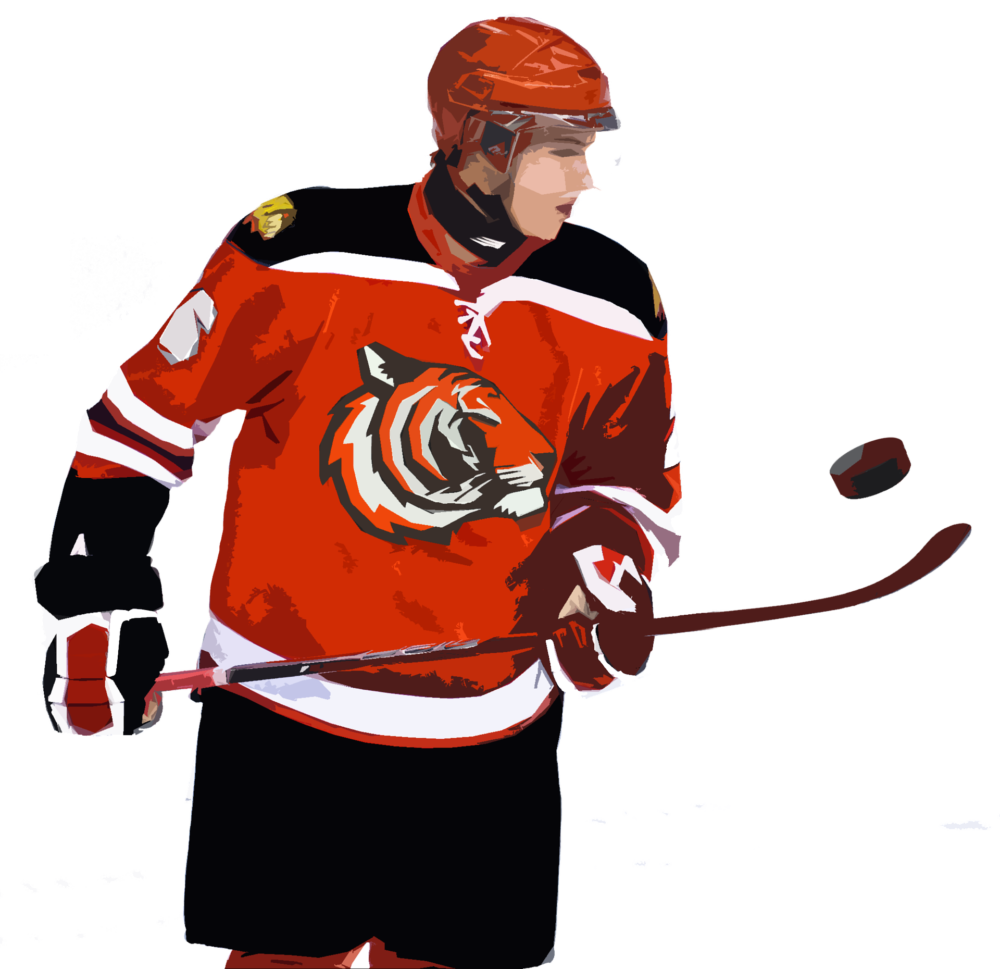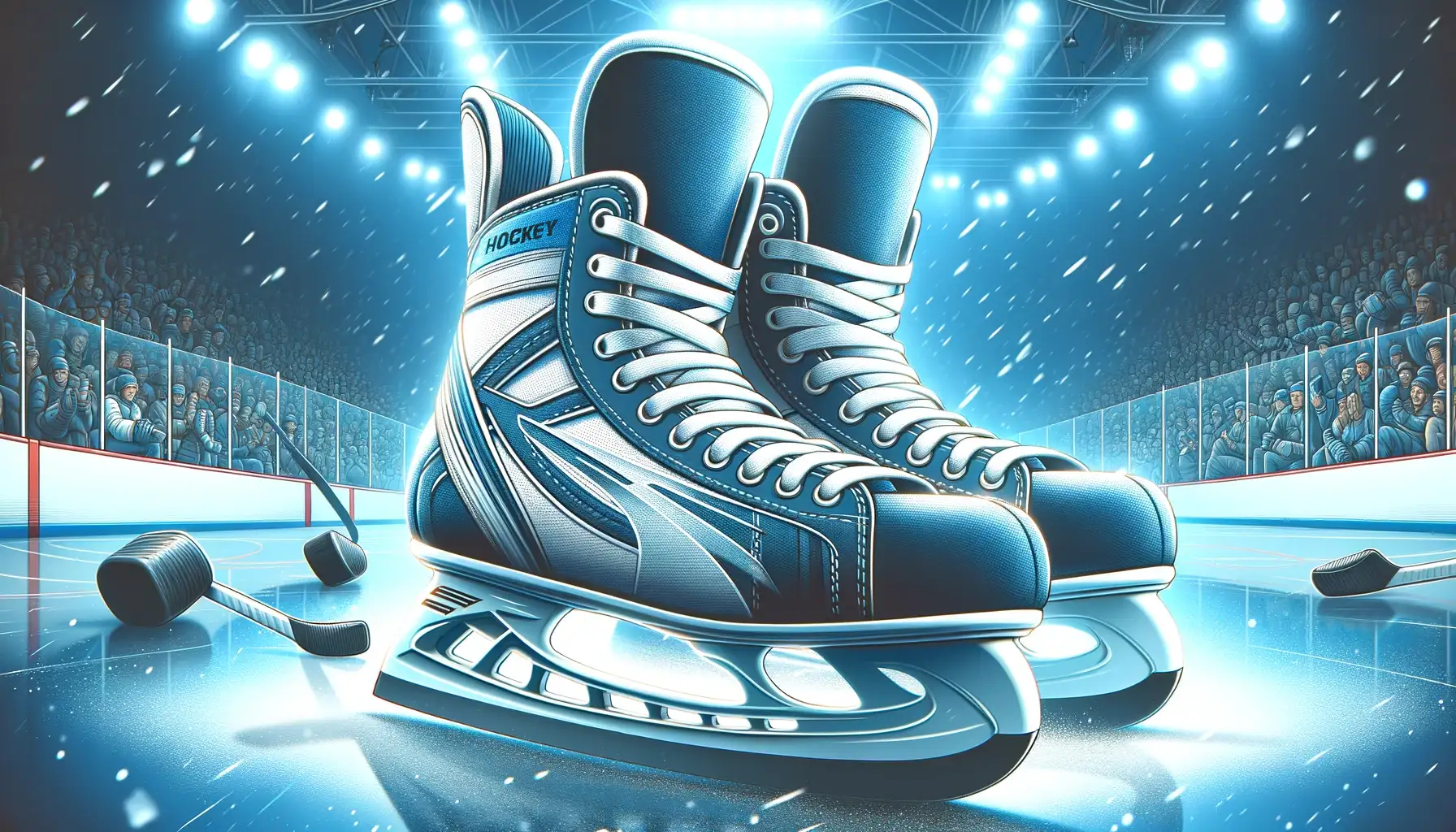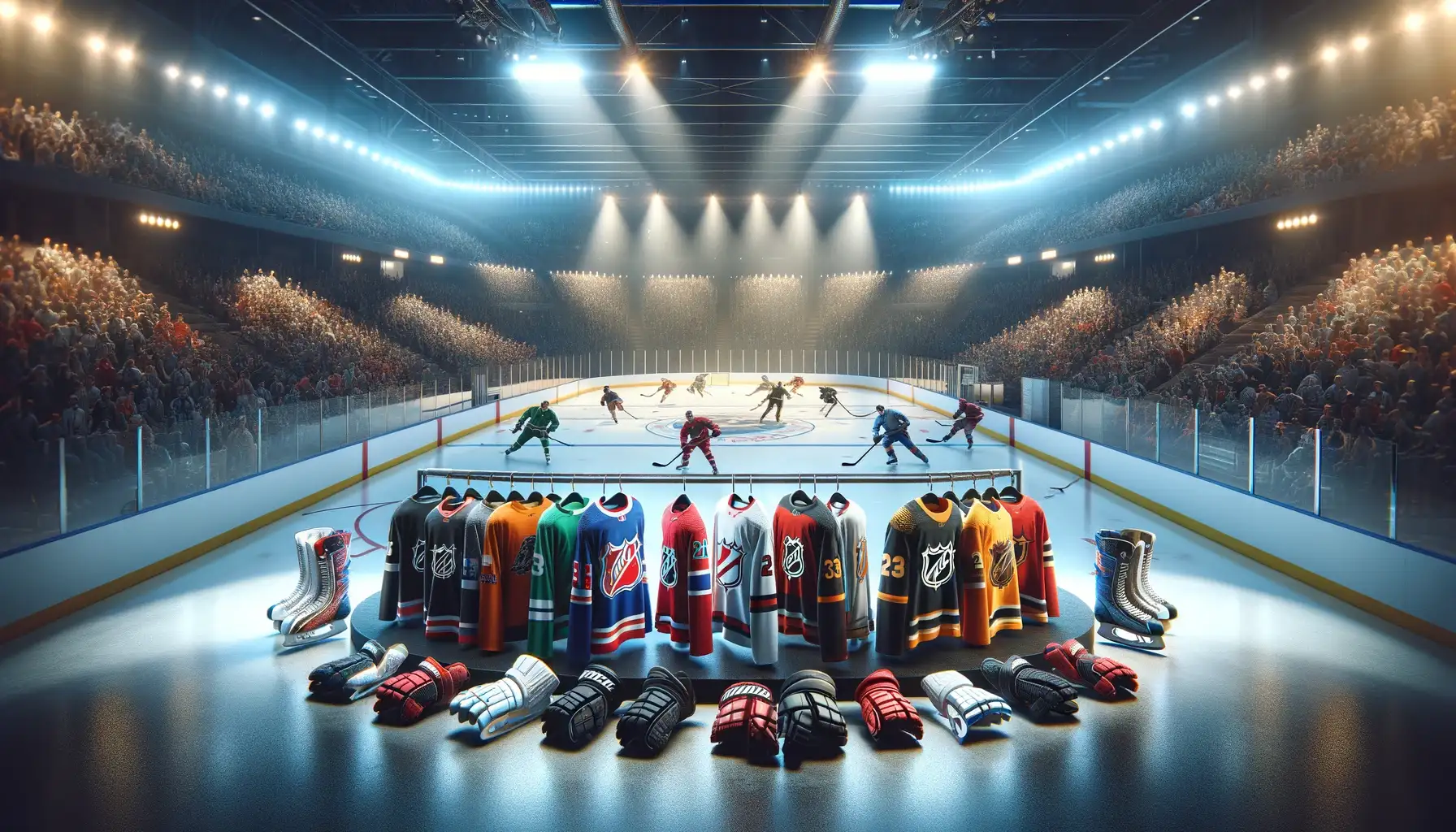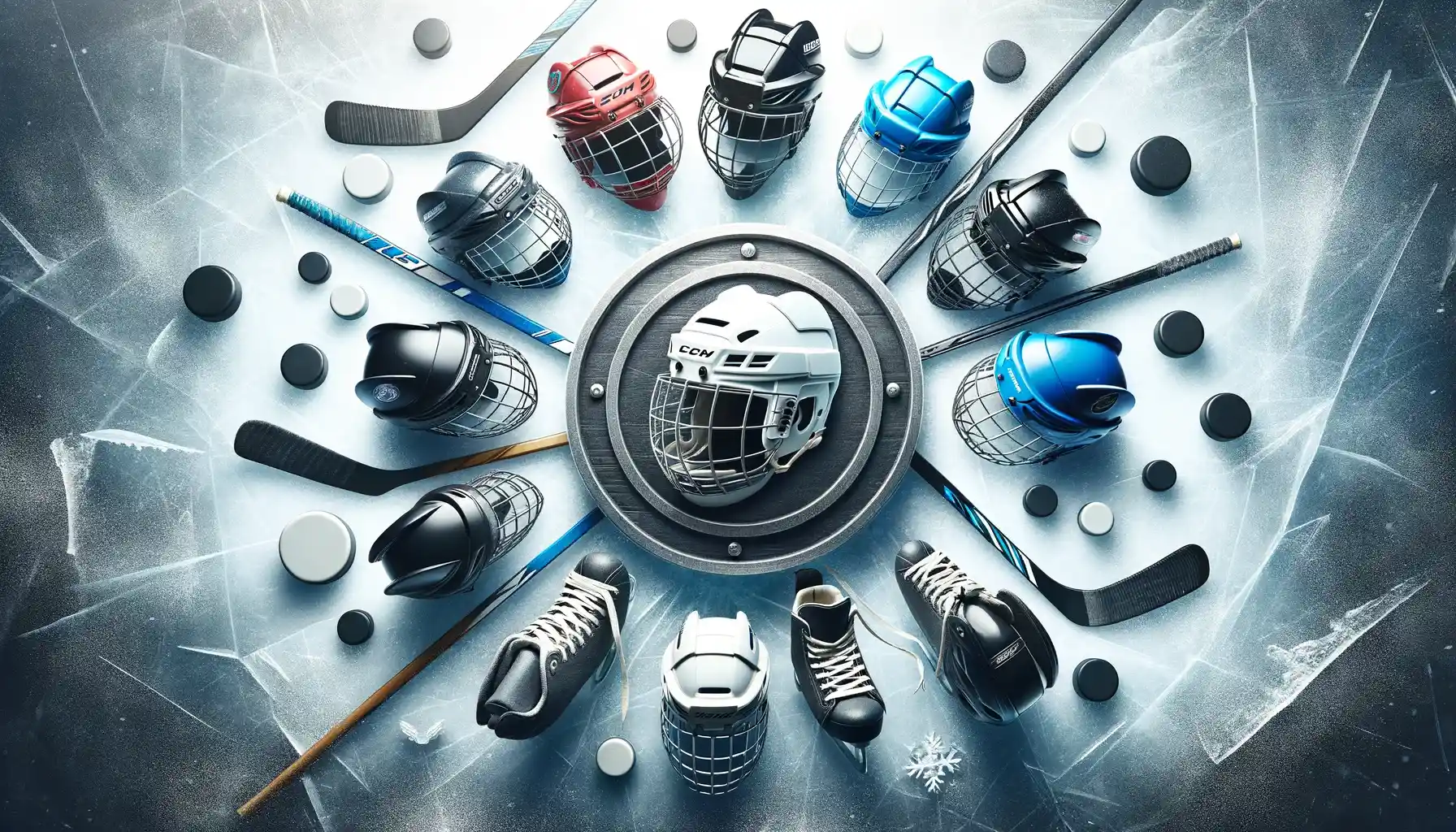Trying to figure out which hockey skate brand is right for you? No matter if you’re a beginner looking for value or a pro chasing elite performance, choosing between Bauer, CCM, True, and others depends on fit, tech, and personal feel. This guide breaks it all down—from real-world fit advice and community-tested gear to pro usage stats and what makes each brand unique. I’ve skated in most of these myself—and I’m giving you the real talk on what works, what hurts, and what’s worth the hype.
So here’s the deal: I’ve tried a lot of skates over the years—some were great right out of the box, others took weeks to break in (and wrecked my feet in the process). This isn’t a list based on sponsored picks or what the brand wants you to hear. I’m breaking down the major hockey skate brands based on:
- how they perform on the ice?
- who they’re actually made for (not everyone needs pro-level stiffness)?
- what real players are saying online and in locker rooms?
- which brands NHL players actually use the most right now?
If you’re wondering whether Bauer is worth the hype, if CCM fits wider feet better, or if True skates are just a niche thing—you’ll find honest answers here. Dive deeper in my CCM vs Bauer brand comparison
⛸️ Quick Look: NHL Skate Usage by Brand (2024-2025)
-
Bauer: 68.83% of NHL players
-
CCM: 21.93%
-
True: Small but growing segment
The Bauer Vapor HyperLite 2 is currently the most popular skate model used in the NHL.
Source: GearGeek.com – NHL Skate Totals
📊 Market Snapshot: Ice Hockey Skate Industry
-
2024 Market Size: $1.2 billion globally
-
2032 Projection: $1.8 billion
-
Growth Rate: 5.2% CAGR (2025–2032)
-
Key Drivers: Growing popularity in North America & Europe, advanced materials, consumer preference for branded skates
Source: Valuates Reports – Ice Hockey Skate Market
Here’s a clean bar chart visualizing NHL skate brand usage by players (2024–2025) based on your spreadsheet data. Key takeaways:
NHL Skate Brand Usage By Players (2024–2025)

Key Takeaways:
-
Bauer remains the dominant brand across NHL teams, used by the majority of players.
-
CCM continues to hold strong as the second most popular brand.
-
True is making noticeable inroads, reflecting its growing traction among professionals.
Best Hockey Skate Brands
Before diving into the details of each brand, we’ve compiled a comparison table that ranks the top ice hockey skate brands based on their popularity, product offerings, and reputation in the industry. This table provides a quick snapshot to help you better understand their strengths and the athletes they serve.
| Brand | Popular Product Range | Best For | Top Players Using Them | Our Rating |
|---|---|---|---|---|
| Bauer | Vapor HyperLite 2, Nexus Tracer, Proto R | Professionals, High-Performance Players | Auston Matthews, Patrick Kane, Quinn Hughes | ⭐⭐⭐⭐⭐ |
| CCM | JetSpeed FT7 Pro, Ribcor Trigger 8 Pro, Tacks AS-VI Pro | Intermediate to Advanced Players | Connor McDavid, Nathan MacKinnon, Seth Jones | ⭐⭐⭐⭐⭐ |
| Warrior | Covert QR6 Pro, Alpha LX2 Pro | Versatile Players, All Skill Levels | Erik Karlsson, Jonathan Huberdeau | ⭐⭐⭐⭐✨ |
| True Hockey | Catalyst 9X, HZRDUS PX | Players Seeking Custom Fit & Feel | Mitch Marner, William Nylander | ⭐⭐⭐⭐✨ |
| Sher-Wood | Rekker Legend Pro, Code TMP | Budget-Conscious, Feel-First Players | Paul Byron, Antoine Roussel | ⭐⭐⭐⭐ |
| STX Hockey | Surgeon RX3.2, Stallion RX3.1 | Precision and Ergonomics | Vincent Trocheck, Jaccob Slavin | ⭐⭐⭐⭐ |
| Graf Hockey | PeakSpeed G75 Lite | Traditional Feel & Durability | Henrik Lundqvist (past) | ⭐⭐✨ |
| Easton (Legacy) | Stealth CX, Synergy HTX | Legacy Stick Users, Rec Players | Phil Kessel (past), Brett Hull (legacy) | ⭐⭐⭐⭐ |
1.Bauer
Still the king of the rink.
Bauer continues to dominate the market—for good reason. It’s not just branding. Bauer skates perform. Whether you’re skating in rec leagues or chasing a pro path, you’ll find something that fits your game.
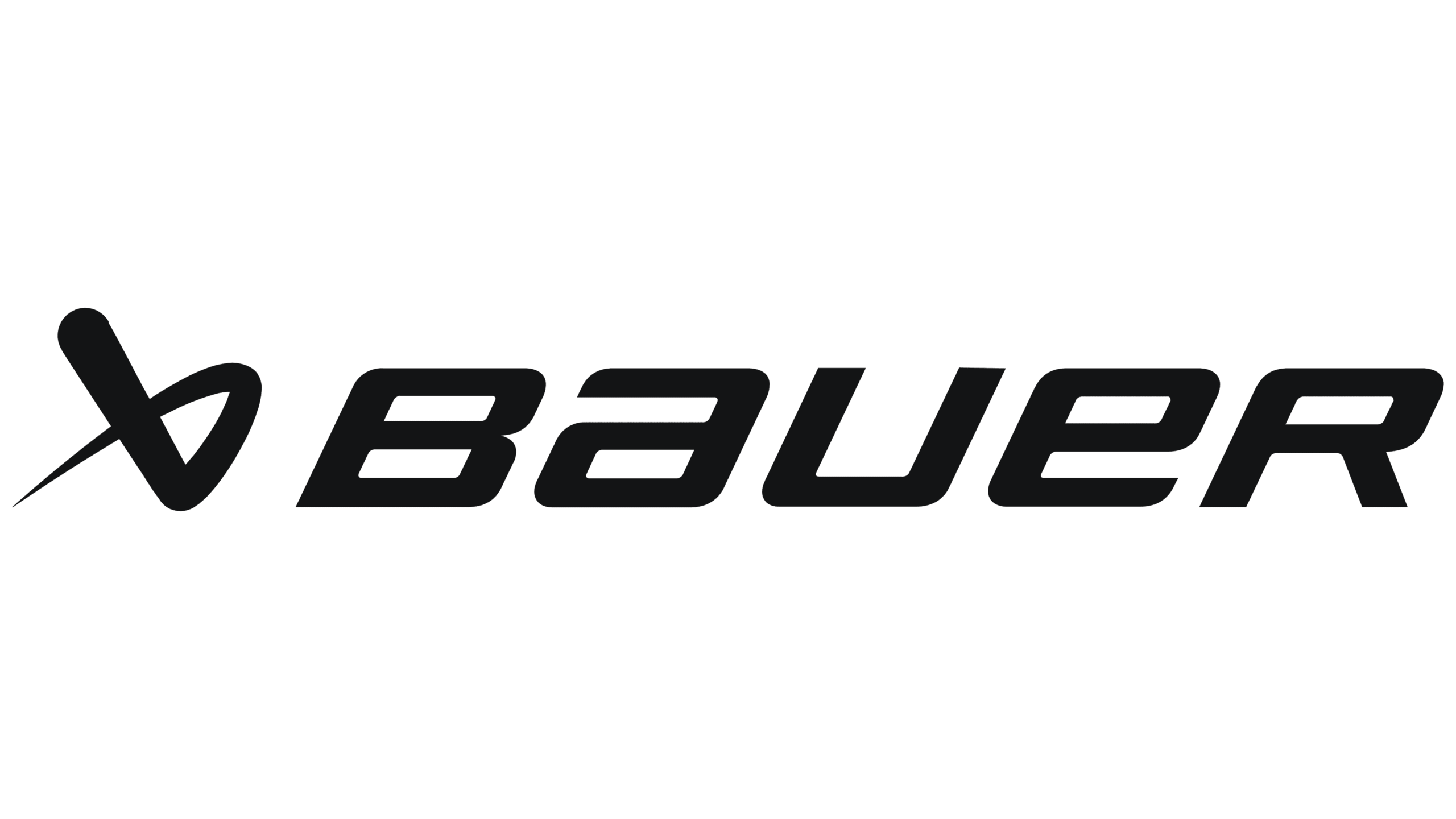
- Product Range: Vapor (agility, quick turns), Supreme (powerful strides), and Nexus (now discontinued, wide fit).
- Technology & Innovation: Lightweight 3D-lasted Curv® composite, AeroFoam padding, and the trusted Tuuk Lightspeed EDGE holder.
- NHL Usage: 📊 Used by 68.83% of NHL players. Their top model right now is the Vapor HyperLite 2.
- User Feedback: Known for that broken-in feel out of the box (especially Vapor line). Excellent heel lock and forward flex.
- Best For: Players who want elite performance, durability, and a brand trusted by the pros.
- My Take: Bauer feels like the standard for a reason. In my experience, they fit snug (especially Vapors) and are incredibly responsive. If you’re looking for a brand that’s been tested at the highest level—this is it.
2. CCM
If Bauer’s the king, CCM is the closest rival—and some prefer it.
CCM skates have stepped it up massively in recent years, especially with tech integration and pro endorsements. If you need options for foot shape or skating style, CCM delivers.

- Product Range:Ribcor (flexible, comfy), Jetspeed (hybrid), Tacks (stiff, powerful strides)
- Technology & Innovation: One-piece boot tech (especially in Jetspeed FT series), SpeedBlade XS holder, memory foam comfort pads.
- NHL Usage: 📊 Used by 21.93% of NHL players. Stars like Connor McDavid skate CCM Jetspeed.
- User Feedback: Balanced, light, and super comfortable—especially for mid-volume feet.
- Best For: Intermediate to advanced players who want great feel + power transfer.
- My Take: CCM feels like the brand that “gets it right” for comfort/performance balance. I had fewer hot spots breaking these in than Bauer. Their one-piece boot is a legit innovation.
3. True
The custom-fit game-changer.
True came out of nowhere and flipped expectations. Their skates mold to your feet like nothing else.
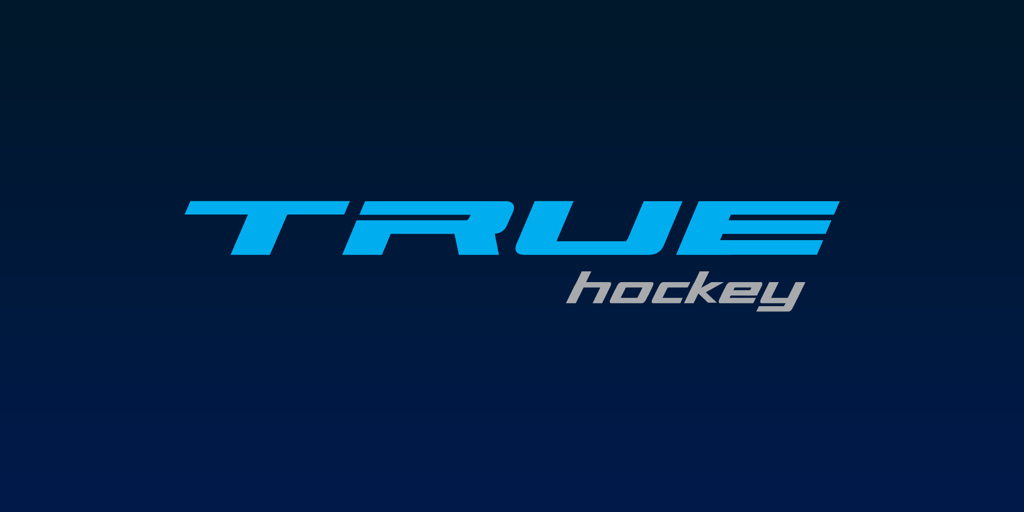
- Product Range: TF7 (budget), TF9 (mid-tier), and SVH Custom Pro
- Technology & Innovation: TRUE MonoForm boot (built as one piece), antimicrobial liners, fully heat-moldable shell.
- NHL Usage: Small % compared to Bauer/CCM—but gaining traction. Mitch Marner and other pros swear by the comfort.
- User Feedback: Incredible fit after molding, especially for odd foot shapes or wide feet.
- Best For: Players who value comfort, foot stability, and are done with break-in pain.
- My Take: True skates take some getting used to, but once molded, they’re unreal. These were a game-changer for my arch pain. Not a beginner brand, but if fit is everything to you—don’t overlook them.
4. Graf
Old-school build, modern feel.
Graf doesn’t market aggressively, but their engineering is quietly top-tier. They’re more popular in Europe but still respected by serious players.
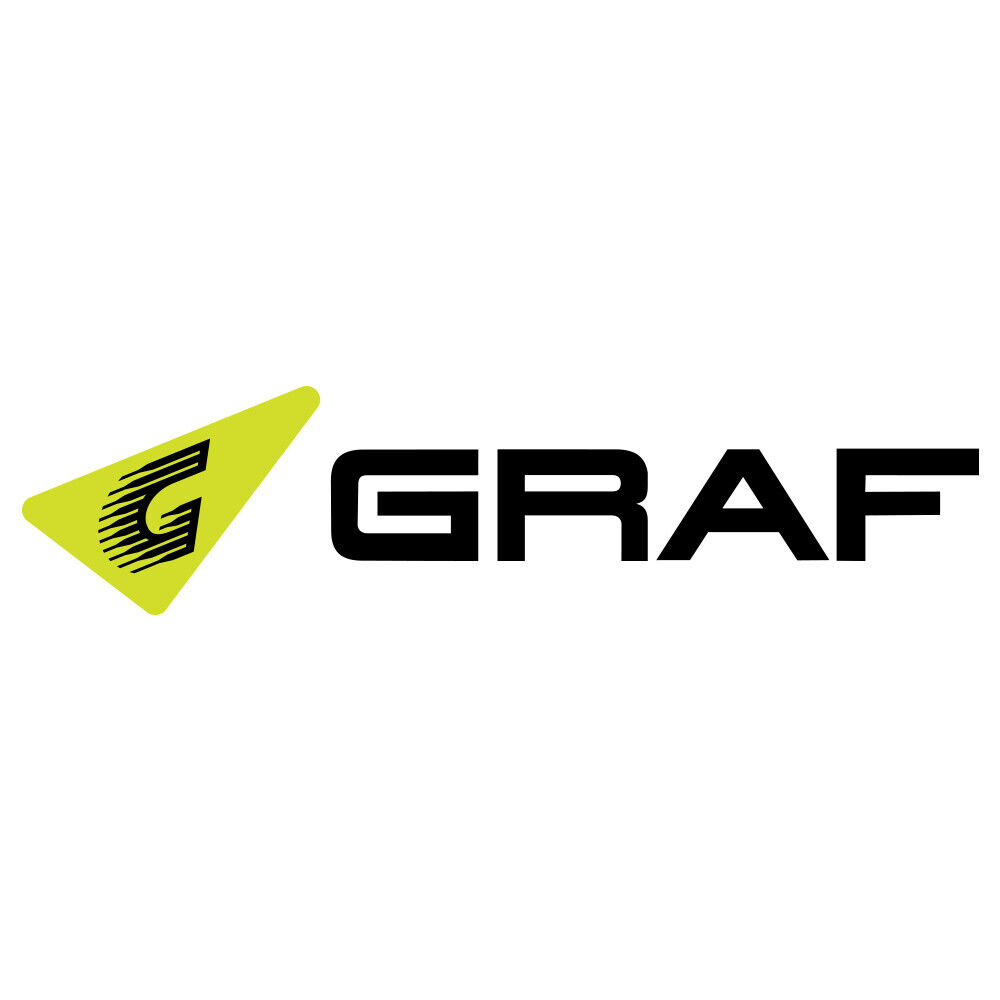
- Product Range: Ultra, PeakSpeed, and Cobra lines
- Technology & Innovation: Anatomical footbeds, vibration-dampening outsoles, and solid heel counters.
- User Feedback: Supportive fit, built to last, not flashy but functional.
- Best For: Players who want comfort + balance and aren’t chasing trends.
- My Take: Graf feels like a niche pick these days—but if you like a classic fit with solid engineering, they’re worth trying. Great for players who log serious hours on the ice.
5. Warrior
The wildcard in the mix.
Known more for sticks and gloves, Warrior’s skate game is still building momentum. But what they’ve released is promising.

- Product Range: Alpha and Covert series
- Technology & Innovation: Focused on balance and aggressive energy transfer, with molded liners and sleek designs.
- User Feedback: Snug fit, very responsive, great ankle support.
- Best For: Aggressive skaters who want performance + flash.
- My Take: Haven’t used these as much personally, but from friends and reviews—Warrior skates have potential if they keep refining the tech.
6. Sher-wood
A classic Canadian brand with a quiet cult following.
Best known for sticks, but their skates are durable and comfortable—especially for intermediate players.

- Product Range: EK series
- Technology & Innovation: Simple build, reinforced heel cups, moisture-resistant liners.
- User Feedback: Surprisingly solid comfort and protection. Fly under the radar.
- Best For: Players who want affordable, no-nonsense skates from a trusted brand.
- My Take: They’re not flashy, but they get the job done. If you’re all about function over hype, Sher-Wood is worth a look.
7. Tour
Inline specialists who know their niche.
Tour owns the inline market. Their focus shows in build quality and control on non-ice surfaces.
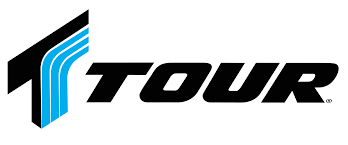
- Product Range: Code series, Volt
- Technology & Innovation: Low-profile boots, reinforced toe caps, excellent grip and flexibility.
- User Feedback: Reliable for inline and roller hockey. Great control and maneuverability.
- Best For: Inline hockey players or off-ice training.
- My Take: If you’re switching between ice and inline, Tour’s a top-tier option. For roller-only players, they’re practically the default.
8. Botas
Budget-friendly with surprising quality.
A Czech brand that flies under the radar in North America, Botas delivers solid build at a lower price point.

- Product Range: Attack, Draft series
- Technology & Innovation: Stainless steel blades, multi-layer ankle support, moisture-wicking liners.
- User Feedback: Affordable, decent quality, good for casual or pickup games.
- Best For: Recreational skaters, budget-conscious beginners.
- My Take: If you’re just starting out or don’t skate regularly, Botas is a solid entry point. No frills, but they hold up well.
Legacy Skate Brands
These brands were once key players in ice hockey skate development but are no longer producing new ice skate models. They still show up in secondhand markets and are remembered for their innovations and unique fit styles.
Easton (Now part of Bauer)
A legacy brand that still gets love.
Easton skates were once everywhere, especially among youth and rec players. Since Bauer acquired Easton, production’s shifted—but you’ll still find them used or secondhand.

- Product Range: Mako and Stealth
- Technology & Innovation: Forward-flex design, lightweight build, thermoformable shells.
- User Feedback: Smooth, agile feel. Great for smaller or developing players.
- Best For: Youth, casual players, or anyone hunting down vintage gear.
- My Take: They are light, flexible, and always felt fast. Sad they’re not around in the same way, but they had a unique vibe.
Reebok
Another legacy brand that helped shape modern skates.
Reebok’s Ribcor line laid the groundwork for CCM’s current models. While you won’t find new Reebok skates today, their DNA lives on in CCM gear.
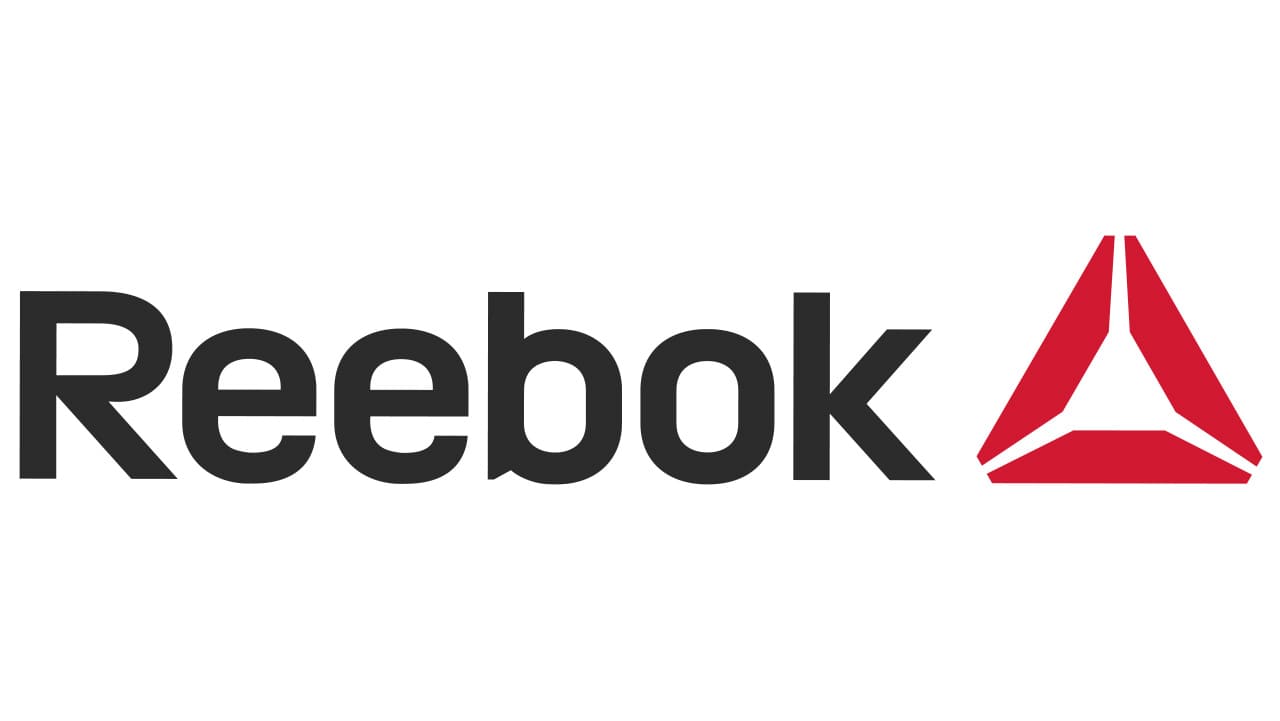
- Product Range: Ribcor and K-Series
- Technology & Innovation: Pump technology (remember that?), great ankle support, soft-feel boot liners.
- User Feedback: Comfortable, durable, especially good for fitness skaters.
- Best For: Players looking for used gear or who already loved the Reebok feel.
- My Take: The Reebok Pump was a gimmick that actually worked. I still miss that snug custom feel. If you find these in good condition, they’re solid.
Mission (Now focused on inline)
Still active in inline—but no longer in ice.
Mission no longer makes ice hockey skates, but they continue to lead the inline hockey market under Bauer’s umbrella.
-
Product Range: Inhaler series (inline only)
-
Technology & Innovation: Lightweight chassis, ventilation zones, aggressive inline boot cut
-
User Feedback: Trusted for roller hockey—fast, responsive, and breathable
-
Best For: Inline hockey players looking for high-end performance
-
My Take: Mission skates were ahead of their time in inline. Great build quality and fit—still one of the top choices for serious roller players.
Factors to Consider When Choosing Skates
💰 Price
Skates range from basic recreational pairs to high-end pro models. Beginners can find solid entry-level skates under $150, while elite-level models can run $800 or more. Don’t get sucked into price = performance. Some mid-range skates punch way above their weight.
Unless you’re skating multiple times a week or playing competitively, you probably don’t need to drop $800. Focus on value, not the price tag.
👟 Fit
Fit is everything. A great-looking skate is useless if it kills your feet. Brands like Bauer (Vapor = narrow, Supreme = anatomical), CCM (Ribcor = flexible, Tacks = supportive), and True (custom mold) all cater to different foot shapes.
Pro Tip: Always bake your skates (heat mold) if your model allows it—game changer for comfort.
🧊 Use Case
Ask yourself: how often are you skating, and in what setting? Casual shinny once a week? Competitive travel team? Coaching from the bench? Each use case demands different features.
Breakdown:
-
Recreational: Comfort and value > pro-level features
-
Youth: Lightweight, forgiving boots
- Competitive: Performance + protection = priority
⚙️ Performance & Comfort
Performance doesn’t have to come at the cost of comfort. Look for:
-
Boot stiffness: more support, but longer break-in
-
Blade holder tech: like Bauer’s Tuuk LS Edge
-
Liner materials: antimicrobial, moisture-wicking = drier feet
My Experience: I’ve had skates that made my feet numb 15 minutes in. Don’t sacrifice comfort thinking it’ll “break in.” Fit and comfort should feel right from day one.
🛡️ Durability
Good skates aren’t cheap—and they shouldn’t fall apart fast. Top brands like Bauer, CCM, and True are built for heavy use, but upkeep matters too.
Tips for Lifespan:
-
Dry out skates fully after each session
-
Rotate or replace steel as needed
-
Avoid walking on hard surfaces with exposed blades
My Take: With proper care, even mid-range skates can last 3–5 seasons easily.
Choosing the right type of skates is a key decision for players. Understanding the difference between hockey skates and figure skates can greatly affect your performance on the ice. Explore our in-depth guide on Hockey Skates vs Figure Skates to make the right choice for your needs.
Buying and Fitting Guide
A. Where to Buy Hockey Skates?
Today, you’ve got options. Pro shops offer expert fitting, while trusted online retailers like Pure Hockey, HockeyMonkey, and SidelineSwap offer more variety and deals. Some even offer free heat molding and sharpening. For a more detailed exploration on this topic, check out our comprehensive guide on How to Buy Hockey Skates, where you’ll find in-depth advice on selecting the best skates to suit your needs.
Tip: Try skates in-store if you can, then buy online for the best price—just make sure return policies are solid.
B. How to Fit Hockey Skates?
Good fit = better performance and fewer injuries. Your toes should just brush the cap, heel locked in place, no foot slop. Most skates today are heat-moldable—don’t skip this step.
Bonus: Add Superfeet or CCM orthotic insoles if you need extra arch support.
C. Sizing and Adjustments
Hockey skate sizing is usually 1–1.5 sizes down from your regular shoe. But foot width, instep height, and arch shape all matter. Brands vary, so check the fit profile (low, medium, high volume).
Use our skate size chart below to get started. Always size based on foot length in cm—not just shoe size.
| Foot Length (cm) | Skate Size (US Men) | Skate Size (US Women) | EU Size | UK Size | Additional Tips |
|---|---|---|---|---|---|
| 23.1 - 23.5 | 5 | 6.5 | 38 | 5 | Perfect for average width feet |
| 23.6 - 24 | 5.5 | 7 | 39 | 5.5 | Consider wider skate if you have a wider foot |
| 24.1 - 24.5 | 6 | 7.5 | 40 | 6 | Consult with a professional for custom fitting if needed |
| 24.6 - 25 | 6.5 | 8 | 40.5 | 6.5 | Make sure to wear proper hockey socks when fitting |
| 25.1 - 25.5 | 7 | 8.5 | 41 | 7 | Allow some room for foot growth if buying for a youth |
| 25.6 - 26 | 7.5 | 9 | 42 | 7.5 | Seek professional fitting if you experience discomfort |
| 26.1 - 26.5 | 8 | 9.5 | 42.5 | 8 | Consider the skate's width and overall fit |
| 26.6 - 27 | 8.5 | 10 | 43 | 8.5 | Different brands may vary slightly in sizing |
| 27.1 - 27.5 | 9 | 10.5 | 44 | 9 | Wear the same thickness of socks when trying on skates |
| 27.6 - 28 | 9.5 | 11 | 44.5 | 9.5 | Revisit the store for adjustments if necessary |
D. Pro Tips and Considerations
-
Sharpening: Start with a 1/2″ hollow unless you know your edge preference.
-
Break-in: Skate for 1–2 hours max during the first few sessions.
-
Lacing: Use the lock lacing technique to improve heel hold.
Innovation, Customization, and Maintenance
A. Latest Technologies and Trends
Skate innovation in 2024-2025 includes lighter carbon composite boots, one-piece construction for better energy transfer, and custom thermoformable fits. Models like CCM JetSpeed FT6 Pro and Bauer Vapor HyperLite 2 are pushing boundaries with moisture-wicking liners, precision blade holders, and next-gen comfort.
Modern hockey skates come with a range of features designed to enhance various aspects of performance. Check out below table which explains the purpose and examples of common features you’ll find in hockey skates.
| Feature | Purpose | Examples |
|---|---|---|
| Blade Holder Technology | Enhances speed and agility | Tuuk LightSpeed, SpeedBlade |
| Upper Material | Provides support and comfort | 3D lasted Curv® composite, Microfiber lining |
| Lacing System | Secures the fit of the skate | Traditional lacing, Quick-lace systems |
| Boot Flex | Allows for flexibility in movement | Various flex ratings for different play styles |
| Tongue Padding | Comfort and protection | Felt tongue, Foam padding |
B. Custom Fitting Options
Custom fit is more accessible than ever. Top brands like True and CCM offer full thermoformable boots, while Bauer’s FitLab technology helps match skate volume to foot shape. For the best fit, combine heat molding with footbed customization and optional 3D scanning services.
C. Sharpening and Maintenance Tips
Regular maintenance, including blade sharpening, ensures the longevity and optimal performance of your skates. Learn more about how to sharpen hockey skates and general upkeep to maintain your skates in top condition.
Taking care of your hockey skates ensures that they last longer and perform optimally. Here’s a list of key maintenance tasks, how often to perform them, and what tools or products you might need.
| Maintenance Task | Frequency | Tools/Products Needed | Description | Helpful Tips |
|---|---|---|---|---|
| Blade Sharpening | Weekly | Skate sharpener, cloth | Keeps the blades sharp for optimal performance | Always sharpen to your preferred radius of hollow (ROH) |
| Boot Cleaning | As Needed | Soft cloth, mild detergent | Removes dirt and grime, maintains appearance | Use a damp cloth, not soaking wet |
| Lace Replacement | As Needed | Replacement laces | Ensures proper fit and safety | Keep extra laces in your bag for emergencies |
| Blade Alignment | Monthly | Alignment tools | Ensures blades are aligned for proper skating balance | Check alignment after any significant impact |
| Bearing Lubrication | Monthly | Lubricant | Keeps bearings smooth and reduces friction | Use skate-specific lubricant, not WD-40 |
Skate Accessories and Care
A. Types of Accessories
From blade covers to skate guards and lacing tools, there’s an array of accessories to enhance and protect your hockey skates. These add-ons provide safety, performance enhancement, and ease of use.
B. Maintenance and Care Tips
Proper care extends the life of your skates. Regular inspections, cleaning, and correct storage practices keep them in optimal condition. For additional insights, explore choosing the right hockey skate hollow and other related topics on ice hockey equipment care.
C. Expert Recommendations
Experts in the field often recommend specific products, tools, and methods based on individual needs and preferences. Follow pro tips and consult with seasoned players or coaches to elevate your game.
What Methods Are Used to Tighten Ice Skates?
You can use tools like lace pullers or specialized instruments can aid in effectively tightening skates. Our hockey taping guide offers additional insights.
What are the differences between Bauer and CCM hockey skates in terms of fit and performance?
Bauer skates are known for their anatomical fit and responsiveness, ideal for agility and quick turns. CCM skates offer better out-of-the-box comfort and a balanced performance, suitable for players with wider feet.
How do I choose between Bauer Vapor and CCM Jetspeed skates for speed and agility?
Bauer Vapor skates are designed for speed and agility, perfect for quick transitions. CCM Jetspeed skates balance speed with control, offering a hybrid performance for versatile players.
What are the best hockey skate brands for beginners?
For beginners, both Bauer and CCM offer excellent entry-level skates that provide good support and comfort. Bauer’s Nexus series and CCM’s Tacks series are popular choices for new players.
How do I maintain and extend the life of my hockey skates?
To maintain your skates, regularly sharpen the blades, clean the boot, and dry them thoroughly after use. Proper storage and occasional conditioning can also extend their lifespan.
Should I invest in high-end skates like Bauer Supreme or CCM Tacks for better performance?
Investing in high-end skates like Bauer Supreme or CCM Tacks can enhance performance with advanced materials and technology. However, they are more expensive, so consider your budget and playing frequency.
What is the best way to ensure a proper fit when buying hockey skates?
To ensure a proper fit, try on skates with the same type of socks you’ll wear during games, and consider heat molding for a customized fit. Use a reputable fitter if possible to ensure the best fit for your foot shape.
Can hockey skates be baked for a custom fit?
Most contemporary hockey skates containing thermoformable materials are suitable for baking to achieve a tailored fit. Make sure to adhere to the manufacturer’s instructions.
What is the typical break-in period for hockey skates?
Break-in durations fluctuate, often ranging from several hours to a few weeks of play. High-quality skates may require less time to mold to your foot.
How do NHL players prefer their skates to be tied?
Preferences among NHL players differ, but a snug fit around the ankle is usually favored for enhanced stability and control.
Which are the most expensive hockey skates on the market?
Premium models from leading brands such as Bauer and CCM typically command higher prices, reflecting their advanced materials and technology.
What width do hockey skate blades generally have?
Standard blade widths are found between 2mm and 4mm, with particular choices influenced by the player’s role and playing style.
What components make up a hockey skate?
Key components encompass the boot, holder, runner, laces, tongue, and others, all contributing to the skate’s performance, comfort, and resilience.
Should I opt for hard or soft blade covers?
Hard covers excel for walking, while soft covers shield blades against moisture and corrosion.
How do skate sizes compare to regular shoe sizes?
Skate sizes often vary from ordinary shoe sizes. Achieving the right fit is crucial for both comfort and performance, as discussed in our guide on choosing the right hockey skate hollow.
What are the different fit options available in hockey skates?
Fit choices cover regular, narrow, and wide fits, each accommodating distinct foot shapes and needs.
How can lace bites be prevented or treated?
Solutions such as padded lace bite sleeves or specialized lacing methods can mitigate or eliminate lace bites.
What is the best brand of roller hockey skates?
Brands like Bauer and Mission are highly regarded for roller hockey skates. Preferences may vary based on individual needs and budget.
Do brand new hockey skates come sharpened?
Generally, new hockey skates do not come fully sharpened from the factory. It’s recommended to have them sharpened to your specifications before use.
How Do I Select the Ideal Hockey Skate Considering Price, Fit, and Usage?
Considerations like price, fit, and intended use play pivotal roles in choosing the right hockey skate. Explore more about these factors in our article about ice hockey skating drills.
How Often Should You Sharpen Your Skates?
Sharpening frequency varies based on usage and personal preferences. Learn more about the skate sharpening process.
Final Thoughts
The right skates can elevate your performance, prevent injuries, and make every shift on the ice feel more natural. Whether you’re a first-timer or a seasoned player, the right choice comes down to fit, feel, and functionality.
With the hockey skate market expected to grow from $1.2 billion in 2024 to $1.8 billion by 2032, brands are pushing innovation like never before—carbon fiber shells, one-piece boots, and personalized fitting systems are becoming standard, not premium.
Use this guide to navigate today’s skate landscape and make an informed decision that fits your needs, budget, and play style.
Thank you for reading! 🙂
Further Resources and References
